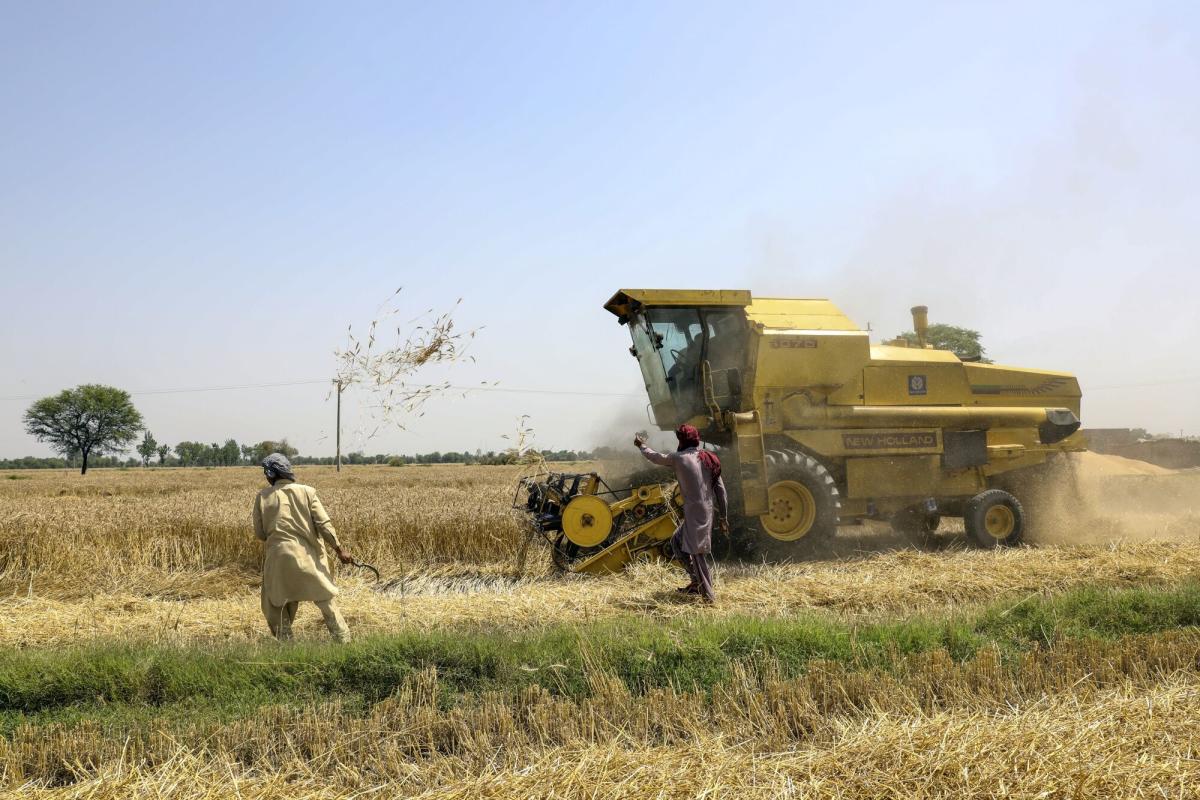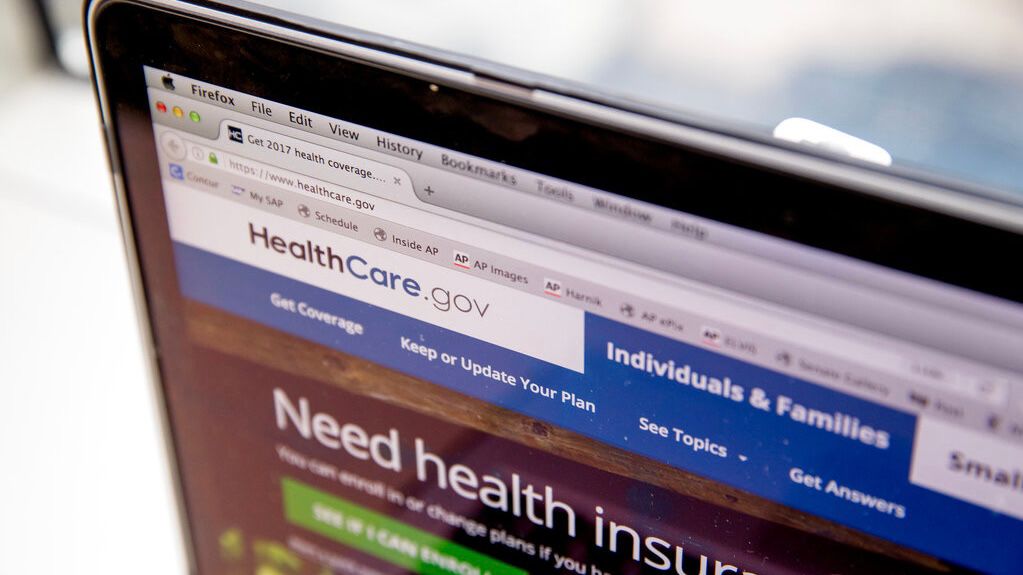
Economic Doldrums in Pakistan: Struggling GDP and Reliance on IMF Aid
Pakistan’s economy has been struggling in the fiscal second quarter due to record high interest rates affecting businesses and reducing consumer demand. According to data from the Pakistan Bureau of Statistics, gross domestic product expanded by just 1% in the October-December period compared to a year ago, which is lower than the median estimate of 1.8% in a Bloomberg survey. Despite efforts to avoid a sovereign default last year, the economy has remained fragile.
The National Account Committee also revised upward economic growth for the previous quarter to 2.5% from 2.13%. In terms of sectors, agriculture saw growth of 5.02% from a year ago, while industry contracted by 0.84%. The services sector grew by a minimal 0.01%. Prime Minister Shehbaz Sharif, who returned to power after contentious elections in February, is seeking a new loan from the International Monetary Fund (IMF) to support the economy and bolster Pakistan’s foreign exchange reserves.
While the IMF has lowered its GDP forecast for the current fiscal year to 2% from 2.5% due to weaker domestic demand, the State Bank of Pakistan is more optimistic, citing better farming and industrial output supporting the economy. Last fiscal year, Pakistan experienced a rare contraction of 0.17%. The nation continues to heavily rely on IMF aid, with $24 billion in external financing needs in the fiscal year starting July, about three times its foreign exchange reserves.

